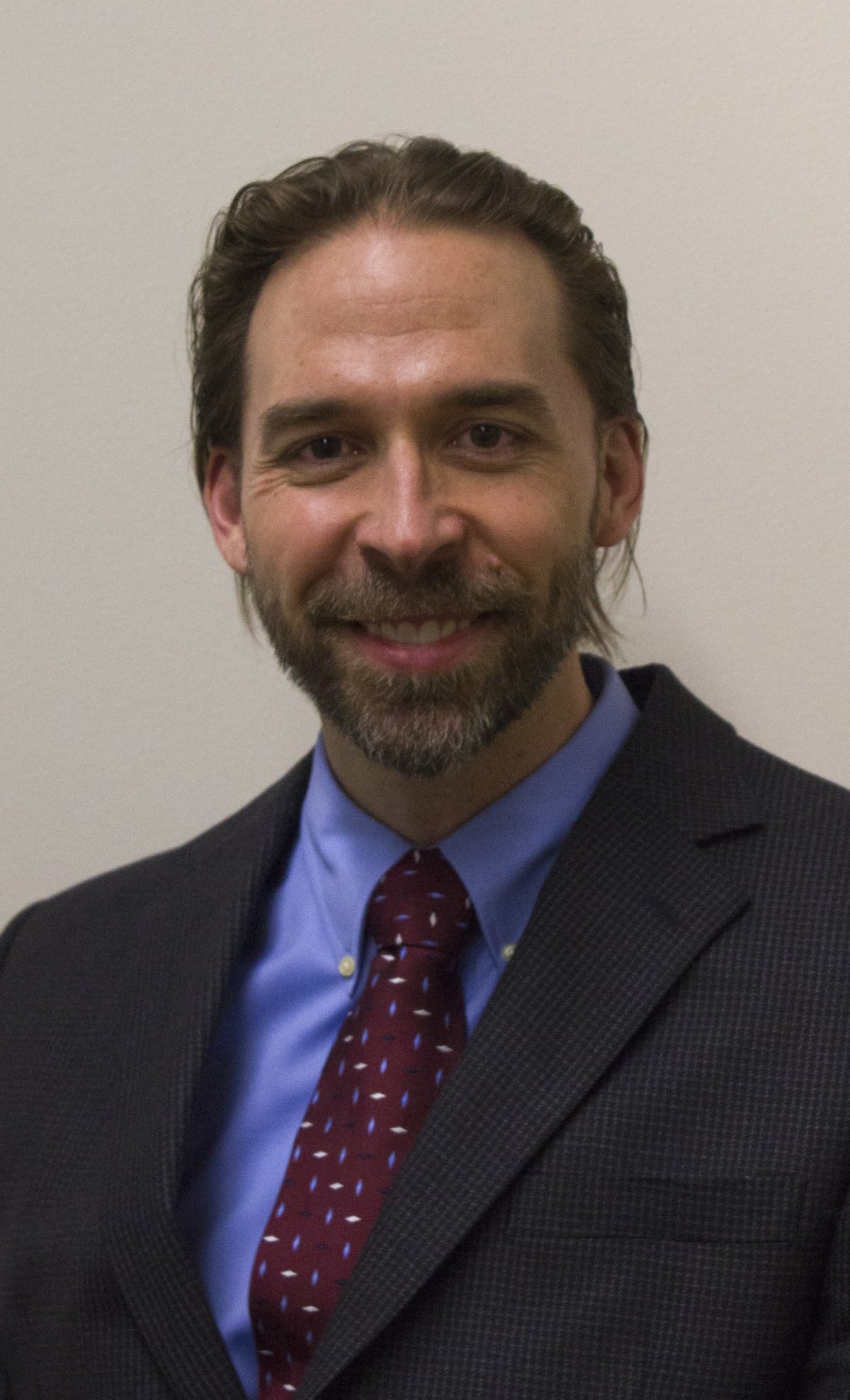Honors and Awards
2016 DARPA Young Faculty Award Director's Fellowship Extension
2015 Russell J. Penrose Excellence in Teaching Award (ECE)
2014 DARPA Young Faculty Award
2004 Gerald Holdridge Teaching Award – Honorable Mention, University of Wisconsin-Madison
2002 Claude and Dora Richardson Distinguished Fellowship, University of Wisconsin-Madison
Books
Book Chapter
J. Haupt and R. Nowak, “Adaptive sensing for sparse recovery,” in Compressed Sensing: Theory and Applications, Y. Eldar and G. Kutyniok eds., Cambridge University Press, 2012. (PDF)
Selected Publications
Journals
S. Jain, U. Oswal, K. S. Xu, B. Eriksson, and J. Haupt, “A compressed sensing decomposition of electro-dermal activity signals,” IEEE Transactions on Biomedical Engineering, 2016. (Arxiv)
J. Druce, S. Gonella, M. Kadkhodaie, S. Jain, J.D. Haupt, “Locating material defects via wavefield demixing with morphologically germane dictionaries,” Structural Health Monitoring (SHM), 2016.
A. Soni, S. Jain, J. Haupt, and S. Gonella, “Noisy matrix completion under sparse factor models,” IEEE Transactions on Information Theory, vol. 62, no. 6, pp. 3636-3661, June 2016. (Arxiv)
J. Druce, J. Haupt, and S. Gonella, “Anomaly-sensitive dictionary learning for structural diagnostics from ultrasonic wavefields,” IEEE Trans. Ultrasonics, Ferroelectrics, and Frequency Control, vol. 62, no. 7, pp. 1384-1396, July 2015.
X. Li and J. Haupt, “Identifying outliers in large matrices via randomized adaptive compressive sampling,” IEEE Transactions on Signal Processing, vol. 63, no. 7, pp. 1792-1807, March-April 2015. (Arxiv)
A. Soni and J. Haupt, “On the fundamental limits of recovering tree sparse vectors from noisy linear measurements,” IEEE Transactions on Information Theory, vol. 60, no. 1, pp. 133-149, January 2014. (Arxiv)
S. Gonella and J. Haupt, “Automated defect localization via low rank plus outlier modeling of propagating wavefield data,” IEEE Transactions on Ultrasonics, Ferroelectrics, and Frequency Control, vol. 60, no. 12, pp. 2553-2565, December 2013. (Arxiv)
J. Haupt, R. Castro, and R. Nowak, “Distilled sensing: Adaptive sampling for sparse detection and estimation,” IEEE Transactions on Information Theory, vol. 57, no. 9, pp. 6222-6235, September 2011. (PDF)
J. Haupt, W.U. Bajwa, G. Raz, and R. Nowak, “Toeplitz compressed sensing matrices with applications to sparse channel estimation,” IEEE Transactions on Information Theory, vol. 56, no. 11, pp. 5862-5875, November 2010. (PDF)
W.U. Bajwa, J. Haupt, A.M. Sayeed, and R. Nowak, “Compressed channel sensing: A new approach to estimating sparse multipath channels,” Proceedings of the IEEE, vol. 98, no. 6, pp. 1058-1076, July 2010. (PDF)
J. Haupt, W.U. Bajwa, M. Rabbat, and R. Nowak, “Compressed sensing for networked data,” IEEE Signal Processing Magazine - Special Issue on Compressive Sensing, vol. 25, no. 2, pp. 92-101, March 2008. (PDF)
W.U. Bajwa, J. Haupt, A.M. Sayeed, and R. Nowak, “Joint source-channel communication for distributed estimation in sensor networks,” IEEE Transactions on Information Theory - Special Issue on Relaying and Cooperation in Communication Networks, vol. 53, no. 10, pp. 3629-3653, October 2007. (PDF)
J. Haupt and R. Nowak, “Signal reconstruction from noisy random projections,” IEEE Transactions on Information Theory, vol. 52, no. 9, pp. 4036-4048, September 2006. (PDF)
